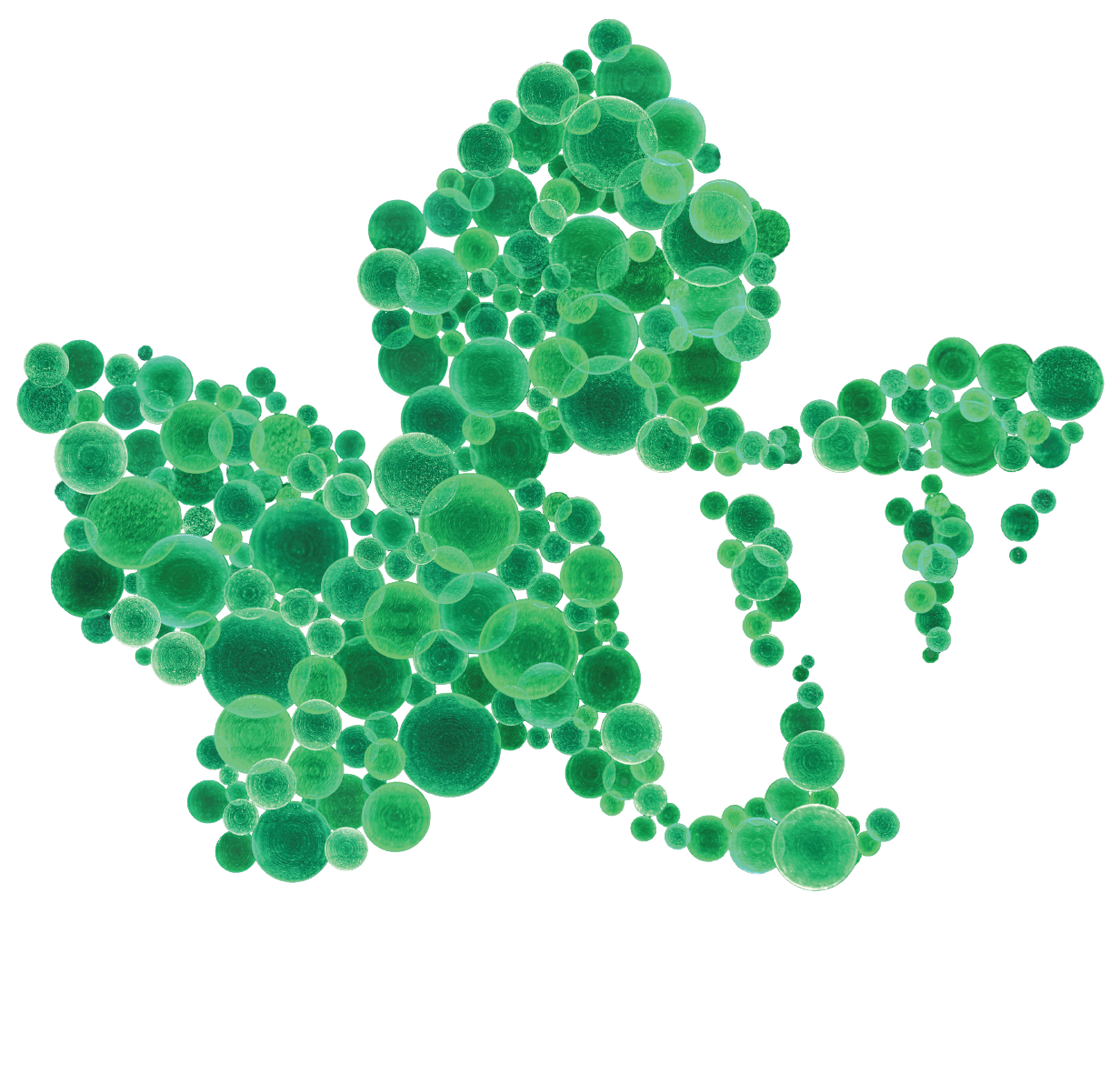REMAINING TEAMS WORKING TO ADDRESS BARRIERS TO
REAL-WORLD IMPLEMENTATION AS THEY EVOLVE THEIR IDEAS
Phase II of Wege Prize 2019 is now complete, and 8 of the initial 9 teams have been cleared to move on to Phase III of the competition. For Phase II, the Core Judges reviewed and provided detailed feedback on first drafts of each teams' Project Summary, an informative and visually compelling document through which teams communicate their solution in greater detail.
In this update, we'll explore how teams’ ideas have evolved, and what barriers they'll need to overcome in order to feasibly implement their solution in the real world.
What they’re working on:
Uniting campus buildings at the University of Technology Sydney around the shared goal of carbon neutrality through an interconnected energy-sharing system powered by a gamified user interface that rewards individuals for energy–conserving behavior.
Questions they'll need to consider:
- Does the solution rely too heavily on behavioral change to be successful?
- Will integrating this solution into the existing power grid be allowable/feasible?
- How can this solution go beyond simply reducing energy use to become truly circular?
What they’re working on:
A service model furniture company which shifts end life responsibility of bulk furniture waste from the user to the manufacturer, responding to a need for effective waste return channels, capturing waste value, and directing that value towards new revenue streams.
Questions they'll need to consider:
- Can circularity be ensured throughout the complex supply chain this solution requires?
- How will the actual furniture itself be designed for disassembly/reuse?
- Can this solution deliver promised product quality AND be financially feasible?
What they’re working on:
Developing a framework for assessing the effectiveness of China’s 2008 “Circular Economy Promotion Law,” especially as it relates to scalability in urban areas.
Questions they'll need to consider:
- What will incentivize stakeholders to use the proposed framework?
- How will consensus be built among stakeholders regarding the metrics used?
- How will consensus be built among stakeholders regarding the framework's end goals?
What they’re working on:
Addressing Ghana's widespread plastic waste problem by designing a sanitation-focused mobile application that integrates with a continuous circular economy plastic waste management system that will communicate information as well as collect, separate, treat and recycle plastic waste into new products.
Questions they'll need to consider:
- Is it feasible for one entity to be responsible for every step of the proposed process?
- What will incentivize users to change behaviors that helped create the problem initially?
- Is there enough of the market for the proposed reuse products to be financially feasible?
What they’re working on:
Upcycling both food and non-food waste into multiple useful products for consumers, including animal feed, plant fertilizers, clothing and other goods.
Questions they'll need to consider:
- Is it feasible to tackle both food and non-food waste, or should it be one or the other?
- How will the waste collection process work, both logistically and economically?
- How will stakeholders be incentivized to change their current waste disposal behavior?
What they’re working on:
Exploring opportunities for disassembly/materials recovery within existing second-hand retail markets while also exploring business models that could bring employment opportunities to homeless individuals.
Questions they'll need to consider:
- Can a business that employs the homeless be economically/logistically/ethically viable?
- Can the logistical challenges of collecting used goods such as furniture be overcome?
- What does a profitable economic model look like for this kind of service?
What they’re working on:
Using cocoa pod husks, which are usually disposed of as waste, to make bio-soaps, animal feeds and fertilizers while delivering value to cocoa farmers and the community in West Africa by encouraging sustainable farming practices and creating additional income streams for farmers.
Questions they'll need to consider:
- Is producing 3 different products (via 3 different processes) too lofty a goal?
- Is there enough incentive in this idea for farmers to change their behavior/practices?
- Will removing rotting husks from fields have unintended consequences for soil heath?
What they’re working on:
Upcycling grey water to address Uganda's water shortage issues using a mix of constructed wetlands and filtration bio carriers made from repurposed plastic bottle caps.
Questions they'll need to consider:
- How can existing stigmas surrounding grey water use in Uganda be overcome?
- Are the 2 proposed methods of upcycling too much for one startup to handle?
- How will plastic caps be sourced and can they be effective enough at filtration?
WHAT'S NEXT?
For Phase III, teams’ challenge is twofold: they must first consider the judges’ feedback as they revise their Project Summary 1st Draft to reflect how their solution has developed from what was submitted in Phase II. They must then provide additional detailed analysis of the material and economic components of their solution, supporting their conclusions with as much hard data as possible.









